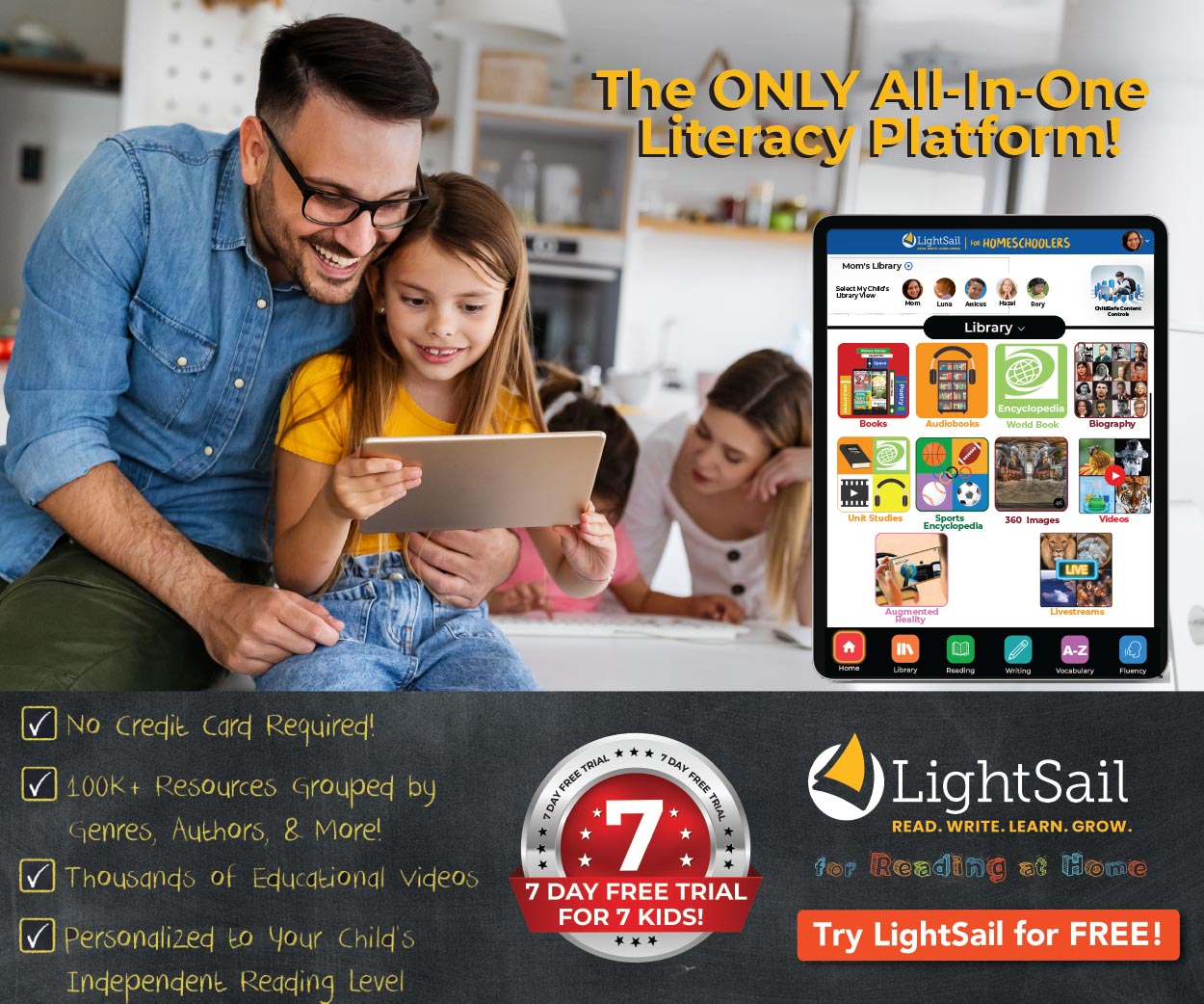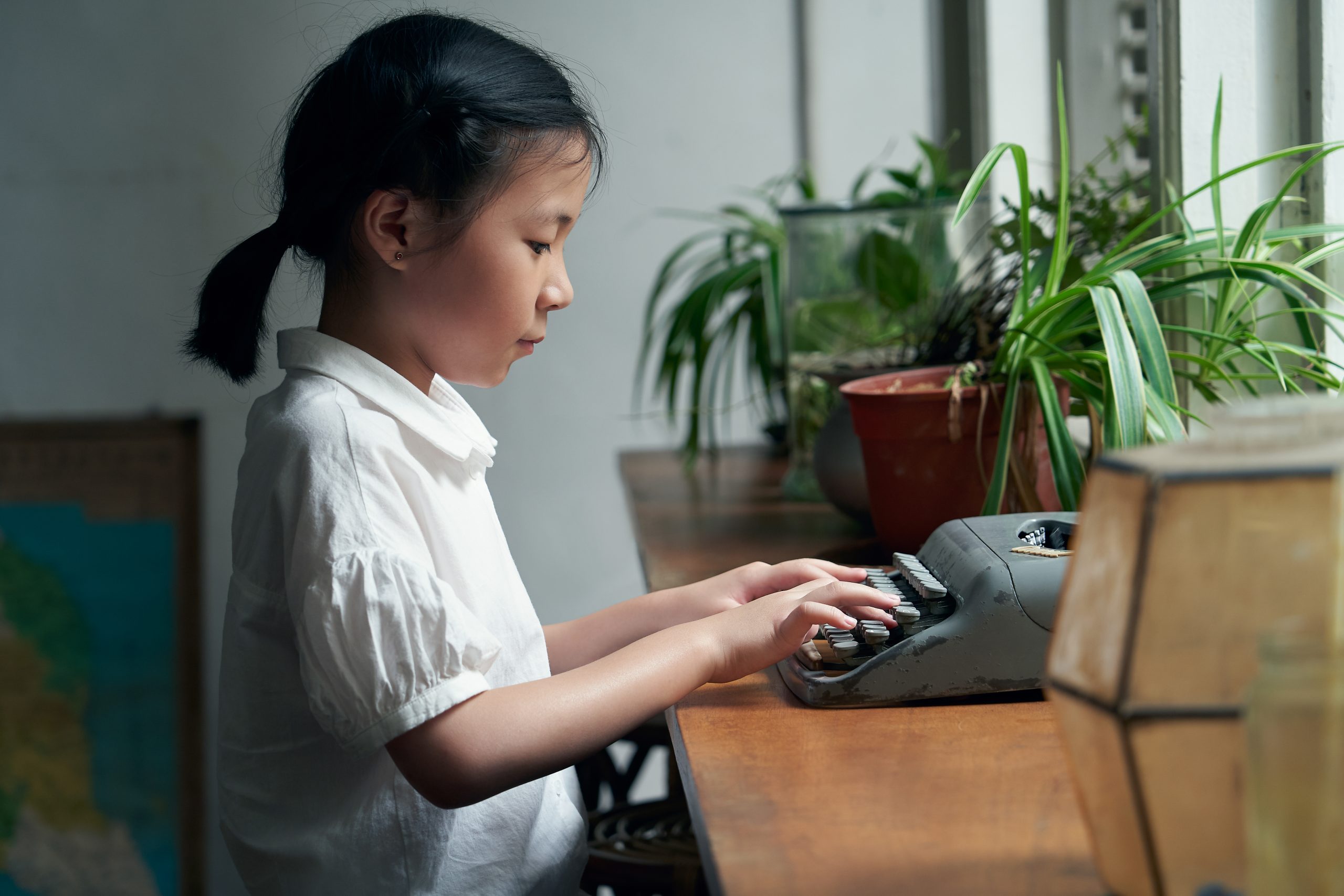
Between school, work, chores, sports, and homework, when are you supposed to have time to play with your kids? And when you do find time, what are you actually supposed to do with them?
Here’s a little secret: playtime doesn’t have to be a big deal. Everyday moments can turn into playful interactions with your children. Even better, those little bursts of fun provide great opportunities for kids to learn and grow.
1. Add games to everyday activities.
It doesn’t take a lot to amuse young kids. A lot of times, they’re just happy to be with you, doing whatever it is that you’re doing. Instead of feeling like you have to carve out big blocks of time for play, invite your kids to join in on your tasks. If you add kid-friendly elements to these activities, they’ll stay engaged and excited.
- While walking the dog, go on a nature hunt. See how many colors of flowers you can identify, count the number of squirrels along your path, or search for the biggest tree in your neighborhood.
- As you go up or down the stairs, count each one. Use your softest whisper or your biggest boom.
- In the kitchen, task your child with chopping veggies (using a kid-safe knife, of course) and gathering them into the tallest pile they can.
- While setting the table together, imagine that you work in a fancy restaurant and are preparing for the evening’s honored guests.
- At stoplights on the way to school, play quick rounds of I Spy. Take turns being the person who picks out an item and the person who guesses.
2. Make book time play time.
You may already include read-alouds in your daily routine. Adding small games to your reading sessions is a smart way to keep your kids’ attention and develop their literacy skills.
- Pick out an item in the pictures and ask your children to find it: “Can you point to the person wearing a red cap?”
- Point to a character in a picture book illustration. Ask your kids what emotions are showing on the character’s face. Encourage them to make matching faces.
- Have your kids count how many of a particular item they see in the pictures: “How many seashells are on the beach?”
- Partway through the story, stop and ask your children to guess what will happen next.
- For books you’ve read again and again, pause midway through a line and see if your children can complete it. It’s also fun to recite favorite lines together.
- At the end of the book, ask your kids what they thought of the ending. Ask how they would have wrapped up the story instead.
3. Use technology in your play.
You don’t have to create playtime ideas out of thin air. The tech devices in your home can be a great resource for creating shared moments between parents and kids.
- Educational videos often include music and animation that capture kids’ attention. At the same time, they’ll learn science, math, or language concepts. Since kids’ videos are usually short, it takes just a few minutes to sit down and share one with your youngster.
- Apps and computer games offer educational experiences, too. Some are designed for two players. You and your child can play digital tic-tac-toe or matching together.
- Technology lets you include far-away people in the fun. During video calls with grandparents or other friends and relatives, everyone could play Simon Says or read a picture book. Video chats can also be a good time to ask Grandma or Grandpa what life was like when they were kids.
Playtime and learning together can be a natural part of your family’s daily rhythm. But for those times when your kids need some solo entertainment, turn to LightSail. With books, videos, World Book Kids games, and more, there’s always something fun and engaging for your children to explore on LightSail.

Posted on 3.Mar.22 in Reading at Home Tips









